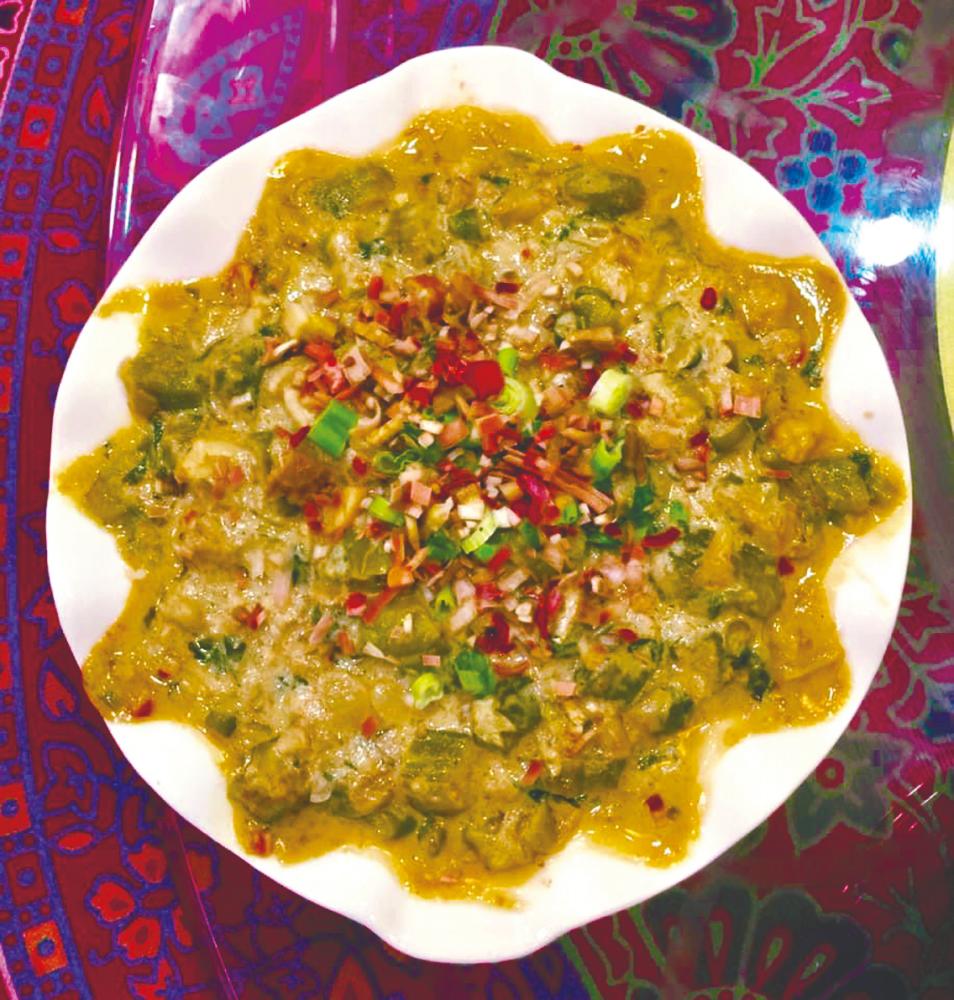IN THE middle of last year, on the cusp of a second lockdown, Leong Hoo Yin went from being a customer to the cook and owner of a restaurant named Sarang. When the previous owner told him that she was selling the business, the 47-year-old knew he had to do something.
Perhaps it was fate, but for Leong, all the pieces fell into place for him to save this hidden gem in the middle of Kuala Lumpur.
Leong fell in love with Sarang because of the food. He had never tasted something so good, so new, and yet so traditionally Malaysian before. In the modern vocabulary, what they serve at Sarang would be called fusion, but back in the day, they would call it Nyonya or Peranakan food.
“It’s basically our country’s first fusion cuisine,” exclaimed Leong. It is the result of the melding between Chinese and Malay cooking and traditions.
What makes Sarang special are the recipes that make up its traditional yet exotic menu.
“The previous owner introduced me to Mr Wee, a third-generation Baba who taught her all of the recipes,” Leong said.
Wee was a treasure trove of traditional Nyonya recipes that he learned when he was a child. “These are family recipes that are handed down verbally, and through experience. There are no exact measurements. It is all done by taste,” Leong said.
Because these are family recipes, they are unique.
“Every state and every family has their own version of Nyonya traditions. What I prepare and serve here at Sarang is based on Baba Wee’s recipes.
“Some customers would come and say: ‘You should do it this way’, or ‘It should be like this’. But, I feel it is not my place to change Baba Wee’s legacy. I want to share it, not alter it,” Leong emphasised.
The recipes were very different from the Cantonese food that Leong grew up with. They contain elements of Chinese cuisine and yet use herbs and coconut milk, and are undeniably Malaysian.
One of the signature dishes at Sarang is Tohay. “It takes about a month just to make the sauce,” said Leong.
He explained how the sauce is made from gragao, tiny little shrimps that are now rare and difficult to find, fermented with brandy and red wine lees (Ang Kak, the residue from making red rice wine).
About two months ago, Leong and his partners decided to add pork to the menu based on the recipes from Wee. The decision was not an easy one for Leong, and he realised that the move would be divisive.
Nevertheless, after much deliberation, the move seemed sound. Leong’s aim is to not only preserve and continue the legacy of the authentic recipes that Wee handed down to him, but to also celebrate it. To stay true, he can’t hide the fact that some of the recipes required pork.
The move is also a part of a plan to survive the pandemic. As many businesses suffer, Leong sees potential in digging out a niche. That said he does have plans to open a halal version of the restaurant once the pandemic is over.
“Another of our dishes is Belimbing Buluh Masak Lemak’,” Leong noted. It is a dish that uses an ingredient that was once ubiquitous in Malaysia and was grown in the yard of every other home.
The Averrhoa bilimbi, better known as belimbing buluh, is a native of Malaysia and Indonesia. It is often used to add a sour taste to dishes and sambal.
When talking about odd ingredients, Leong asked: “Have you heard of buah keluak?” It is a fruit of a tree that is native to the mangrove forests of Southeast Asia.
To him, it is an underrated ingredient. While bitter, if prepared properly with the right recipe, it is delicious.
“The fruit is poisonous! It takes a week to treat it and take out the poison, and it takes another week to prepare it,” Leong gushed.
It made us wonder how our ancestors figured out how to make this bitter poisonous fruit into a rich and delicious dish. How hungry were they?
In addition to serving good food, Sarang has enough space to hold events and cooking classes.
Previously Leong has held cooking classes to teach some of the recipes he learned from Wee to a class of up to 50 students, mainly expatriates and foreign tourists.
He added that Sarang also does catering and delivery.
With his passion for preserving the legacy and tradition of Malaysia’s oldest fusion cuisine, it is only natural that Leong would publish a book. To share not only the story of his journey but also of the recipes that he has learned. However, according to Leong, he is not ready to write just yet.
Leong said that he hopes to be able to make Sarang a place where the older generation could teach the recipes that they know to a new generation.
“I’ve even encouraged my mother to share some of her recipes in a class,” Leong laughed.













